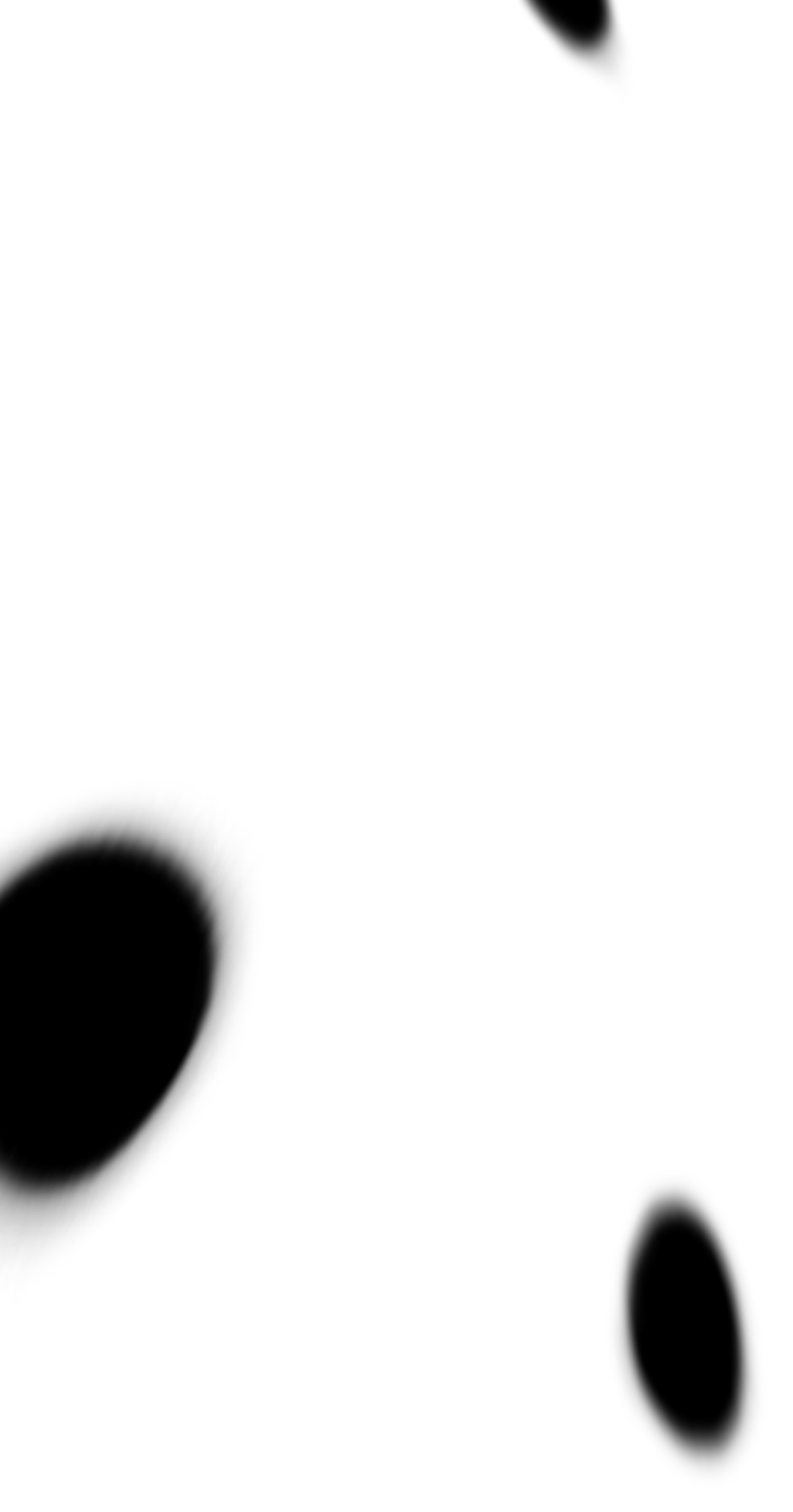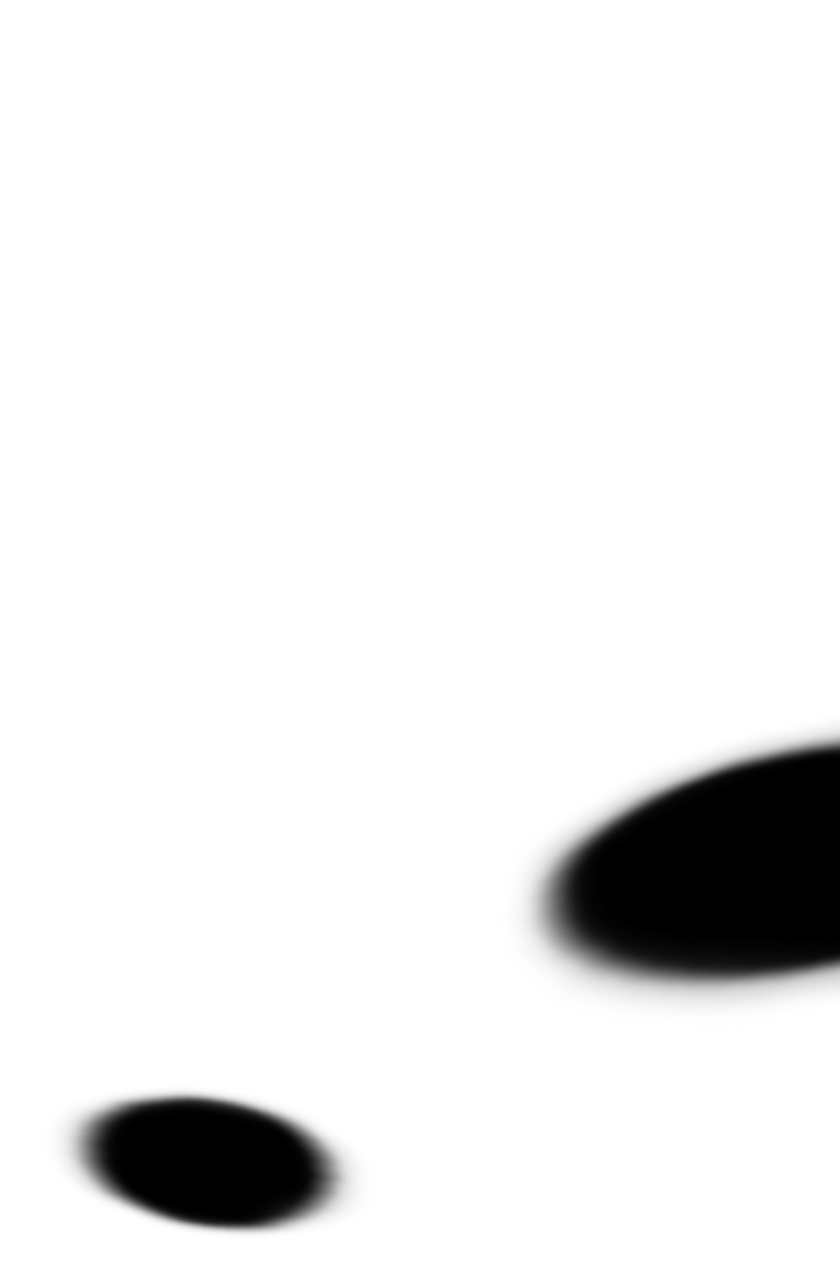Korean Pavilion
The 60th International Art Exhibition
– La Biennale di Venezia
Curated by Seolhui Lee & Jacob Fabricius
April 20 – November 24, 2024



